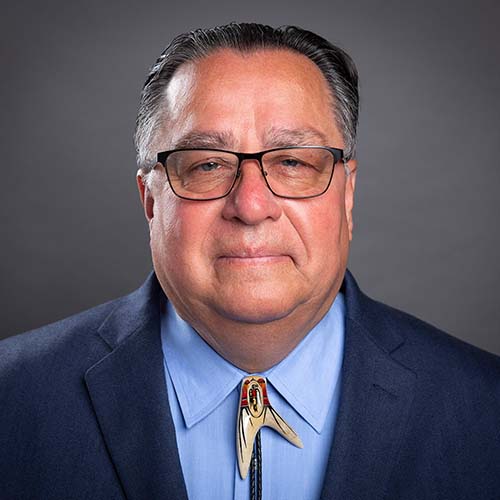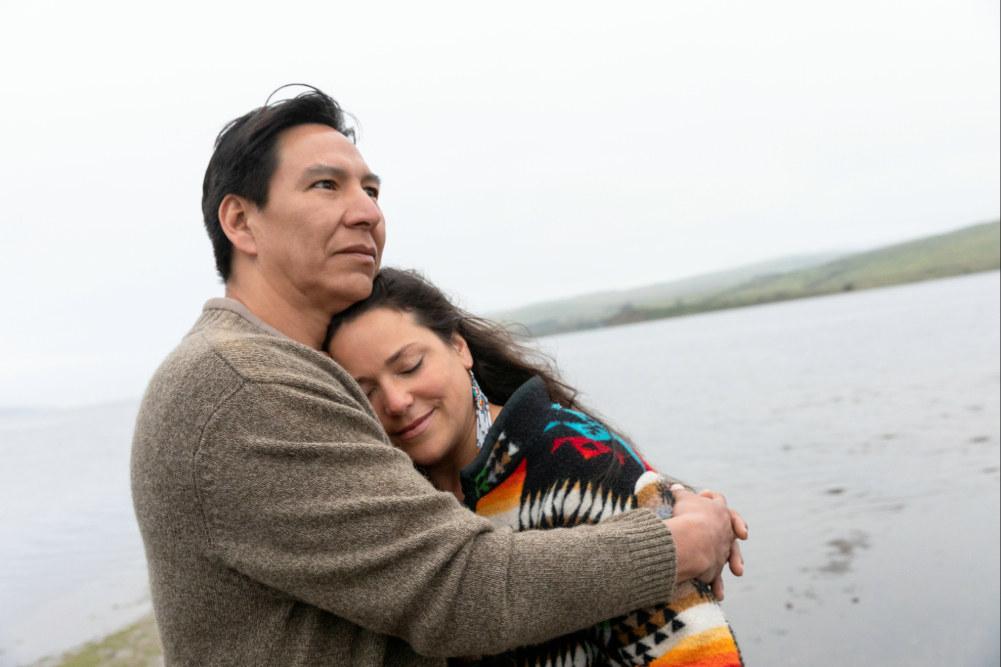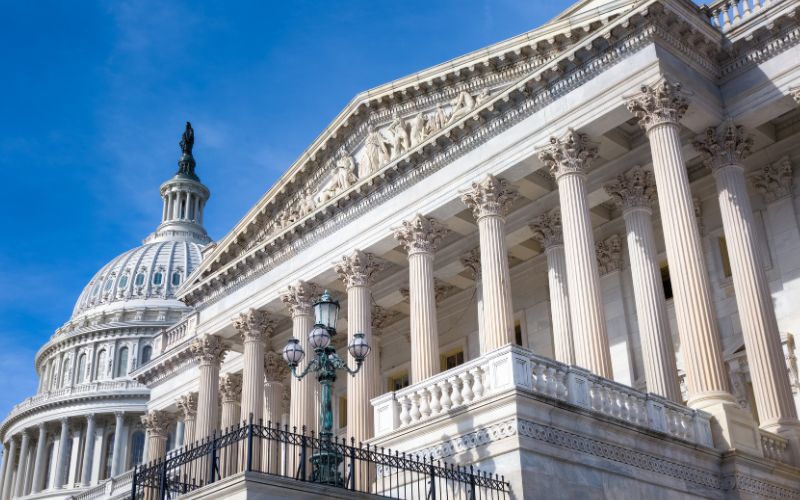- Details
- By Tarah Buchan
Tribal nations are working hard to build their financial strength while keeping their culture and independence intact. In several different communities, gaming provided the much-needed funds to build schools, clinics, and water systems that once seemed out of reach. Several different tribes still to this day rely on gaming revenue, but it’s no longer their only source. Most tribes are now exploring investments that align with their community needs, ensuring a secure future.
Healthcare, renewable energy, technology, and housing projects are among the top priorities. These sectors are steady builders of both income and local jobs. In Minnesota, for instance, the Mille Lacs Band of Ojibwe invested in health services, education, and local businesses. The aim is to keep the funds generated in the community. In the Southwest, again, the Navajo Nation solar projects show their commitment to generating clean power while ensuring their community's energy independence.
Some tribal governments are also looking at how cryptocurrencies and blockchain technologies can be used. The crypto market is known for its volatility, but for these tribes, it's not off the table. The addition of cryptocurrencies offers a potential strategy for communities that have established stability through gaming and land-based operations to expand their investment base.
Most Native American tribes have not pursued Bitcoin and other token investments because they focus on risk management and long-term security. No one’s diving in blindly. Leaders monitor regulatory changes while maintaining a list of the best crypto to invest in as part of their overall strategy without making it their central priority. The approach serves as an entry point for tribes that want to introduce crypto investments into their existing investment portfolios.
Real estate is considered a reliable investment option that strengthens the stability of investment portfolios. Several tribal communities have an urgent need for housing. Local economies receive support through construction projects. These programs help with housing and outdated infrastructure issues. The Citizen Potawatomi Nation in Oklahoma, for example, shows the importance of real estate investments. They built a portfolio of properties, banks, and commercial ventures. The income generated from these investments is used to support community services, but ensures local employment.
Several Native American tribes either work with federal agencies or use their gaming revenue to create local housing developments. The initiative creates employment opportunities for tribal members while building homes for Native American families. These initiatives are combined with work training plans. The programs train residents to work in construction roles as well as maintenance and management positions.
Clean energy projects are another area where tribes are building for the future. The Blue Lake Rancheria in California has invested in microgrid technology to maintain energy independence and lower emissions. Renewable energy investments can lower utility costs for tribal businesses and homes while creating jobs. In some cases, tribes sell excess energy back to the grid. This focus isn’t just about revenue. It reflects the stewardship of the land that many tribal communities hold as a core value. It blends tradition with forward-looking investment strategies.
Manufacturing and agriculture projects also play a role in diversification efforts. Tribes with access to land and water resources are exploring sustainable farming methods to provide fresh food for local communities while generating income. In manufacturing, some tribes have established factories producing goods ranging from textiles to electronics components. These factories often partner with established companies to bring jobs and skills to their communities.
Health care investments are growing, with tribes building clinics and health centers that serve their communities. These facilities create stable employment opportunities for health care professionals, administrative staff, and maintenance workers while improving access to care for tribal members. Health centers operated by tribes can also reduce the burden on federal Indian Health Service facilities and provide culturally grounded care in settings that reflect community values.
Tribes are also investing in digital technologies like broadband infrastructure to support education, telehealth, and small business development. Expanding internet access is seen as a path to economic growth because it allows tribal entrepreneurs to take advantage of e-commerce and remote work opportunities. Improved connectivity also strengthens educational resources, helping students access online courses and training that prepare them for careers in a digital economy.
Tribal leaders often emphasize that investments are not just for short-term gains. The goal is to build a foundation that supports children, elders, and future generations. This means balancing risk with long-term planning. Scholarships, training programs, and mentorship opportunities are being funded through revenue from diverse investments. They are helping young people develop skills that will allow them to contribute to their communities in meaningful ways. This ensures that, as new industries are developed, there will be tribal members ready to step into roles as managers, technicians, and leaders.
Tribes across the country are proving that economic growth does not have to come at the expense of cultural values or community well-being. Tribes are focusing on sectors that align with local needs and taking a patient, careful approach to emerging opportunities like digital assets. They are showing how investment expansion can support sovereignty while building a more stable future for their people.
More Stories Like This
After Trump cuts, seeds sit in the warehouseThe joyful responsibility of cutting fish
Trump cuts to University of Alaska programs for Native students worse than previously announced
How to build a food sovereignty lab
Buffalo (almost) officially wildlife on some 2M new acres of Wyoming, a step toward roaming free
Help us defend tribal sovereignty.
At Native News Online, our mission is rooted in telling the stories that strengthen sovereignty and uplift Indigenous voices — not just at year’s end, but every single day.
Because of your generosity last year, we were able to keep our reporters on the ground in tribal communities, at national gatherings and in the halls of Congress — covering the issues that matter most to Indian Country: sovereignty, culture, education, health and economic opportunity.
That support sustained us through a tough year in 2025. Now, as we look to the year ahead, we need your help right now to ensure warrior journalism remains strong — reporting that defends tribal sovereignty, amplifies Native truth, and holds power accountable.
 The stakes couldn't be higher. Your support keeps Native voices heard, Native stories told and Native sovereignty defended.
The stakes couldn't be higher. Your support keeps Native voices heard, Native stories told and Native sovereignty defended.
Stand with Warrior Journalism today.
Levi Rickert (Potawatomi), Editor & Publisher
















